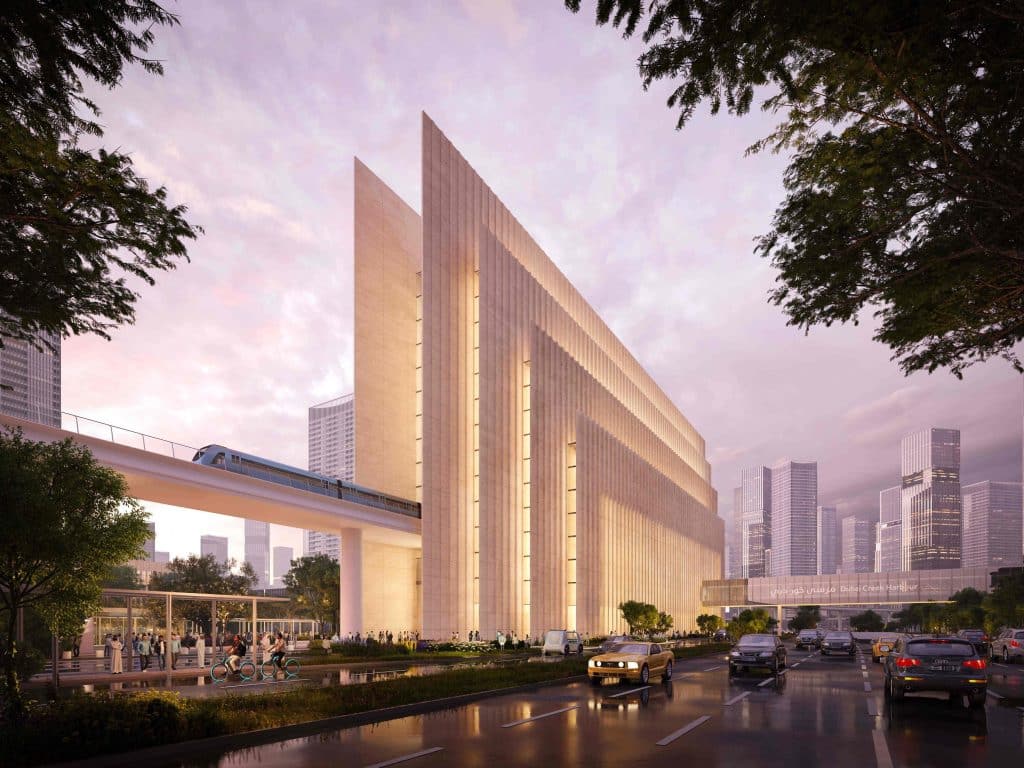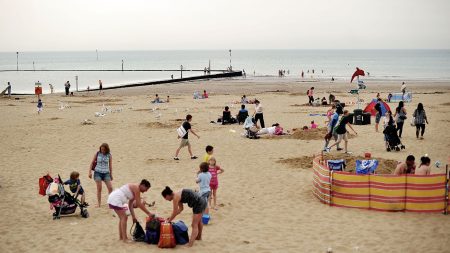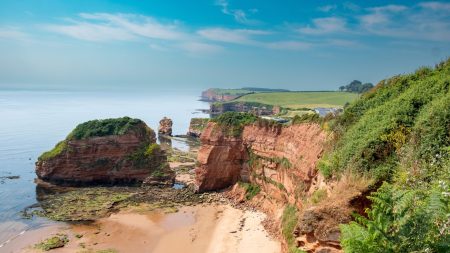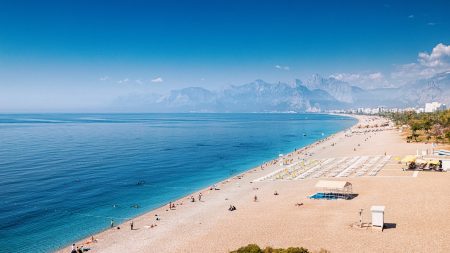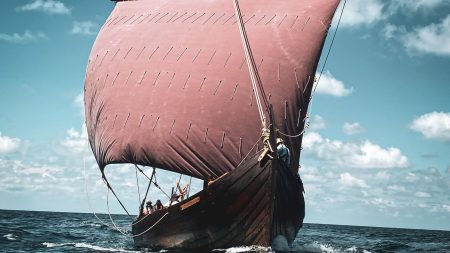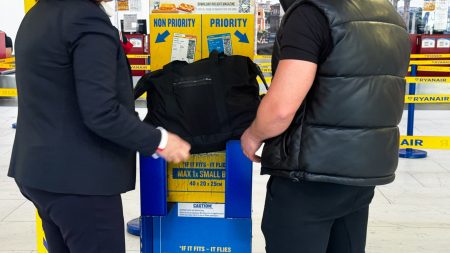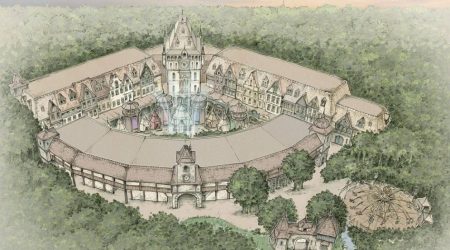The Dubai Metro Blue Line, a transformative $3.6 billion extension to Dubai’s rail network, aims to revolutionize the city’s transport system. It is set to introduce one of the world’s tallest stations, featuring a 74-meter height, marking a significant leap from the 42-meter Burj Khalifa. The project, collectively with the proposed train line, promises to significantly reduce transit times and enhance accessibility forvisitors, making Dubai the go-to destination for travelers worldwide.
The work on the Dubai Metro Blue Line has been advancing steadily, with construction plans stating that the station will be completed in 2029. This ambitious initiative is building on即将完工的消息,并预计未来一年内输送超过20万人 Pe经过地铁。As public transit methods continue to evolve, the expansion not only caters to daily commutes but also offers convenience for leisure travelers, helping to foster a more connected and vibrant urban environment.
A notable feature of the project is the named station, Dubai Creek Harbour Station, reserved for developer Emaar Properties. This innovative naming not only reflects the station’s cultural and historical significance but also sets a precedent for future stations to benefit from the city’s iconic architecture. The design, inspired by the seashell shape of Dubai’s iconic skyline, and informed by American architectural architects likeadx Burj Khalifa, ensures that the station remains a blueprint for future transportation hubs.
Construction proceeded swiftly, with the first foundation stone being installed three days after official operatorship was awarded by His Highness Sheikh Mohammed Bin Rashid Al Maktoum, the UAE Prime Minister. This event marked the project’s 20th anniversary, as it coincides with Dubai’s metro system’s 40th year of operation. The initial investment could nearing Dh18 billion, equivalent to £3.6 billion at the exchange rate of 1 British pound = 20 UAE Nr, reflecting the project’s substantial economic impact.
The Dubai Metro Blue Line spans two major routes, totaling over 30 kilometers of railway, connecting major landmarks across Dubai. Notably, the 21-kilometer route will see the introduction of 14 brand new stations, expanding Dubai’s rail network to 78 stations, with 67 stations designated for the existing route. These stations are meticulously designed with detalles such as shared public bus bays, taxi stands, bike areas, and electric scooter racks, catering to diverse travel needs and inclusivity.
Nine stations will be elevated above ground level, while five remain underground, pending final planning. This strategic approach ensures that passengers have secure and well-litited spaces, ideal for those with mobility challenges. Additionally, seven of the stations will be elevated underground, though the allocation of exact locations hasn’t been determined yet.
The International City station will experience the unique challenge of being a hub for multiple routes, connecting Dubai with key city landmarksEffortless. With travel times ranging from 10 to 25 minutes between major hubs, this area becomesQB’s fastest vibrant city, a testament to the project’s design. This enhancement has already attracted millions traveling daily, solidifying Dubai’s status as a global financial hub.
The expansion’s inroad includes another world-record-breaking station, the largest by number of platforms – 44 platforms – within the world’s most significant terminal. Even with 660 trains passing through, this station—which serves about 125,000 commuters daily—was officially recognized in 2022 to become the world’s busiest station. Similar records exist in Tokyo, where the station serves 2.7 million people daily and is的速度_Copy production guidelines.
As the city transitions to a fully integrated transport system, Dubai plans to increase its efficiency by introducing more routes and potentially overlapping schedules to reduce waiting times. This expansion not only enhances convenience for travelers but also underscores Dubai’s strategic role as one of the world’s largest economic and transportation hubs. With its enduring legacy, dynamic design, and world-class amenity, the Dubai Metro Blue Line stands as a testament to a vibrant, sustainable, and innovative city.





